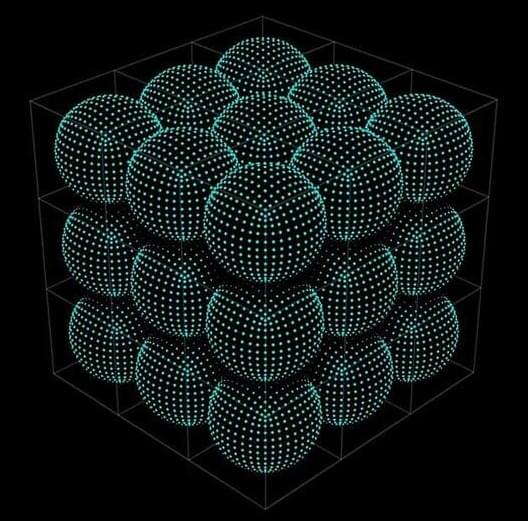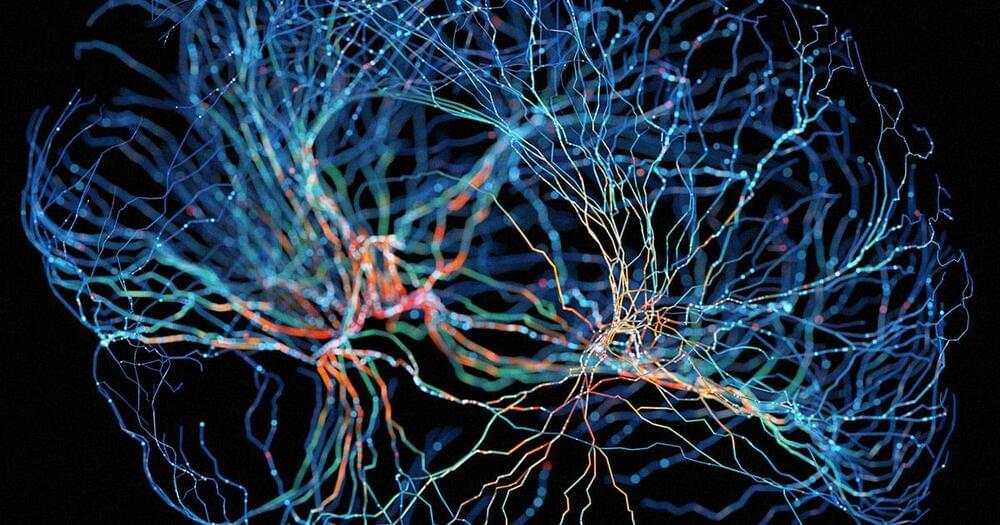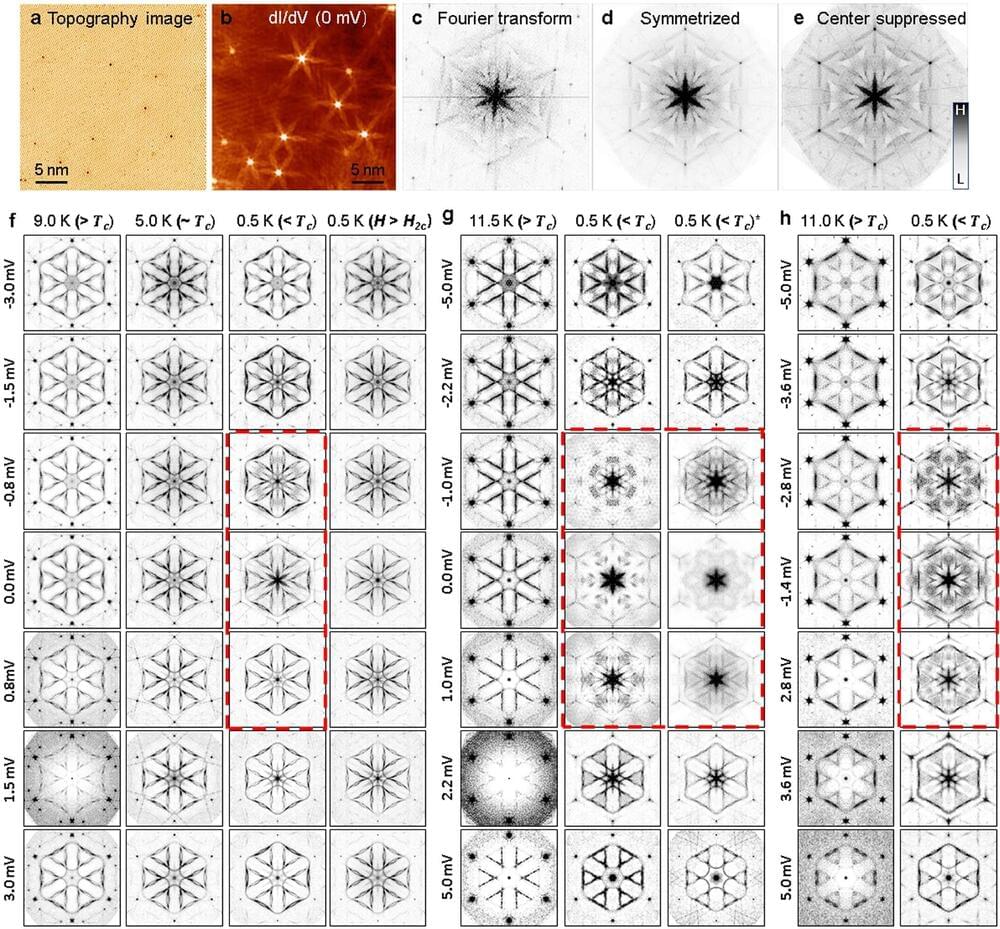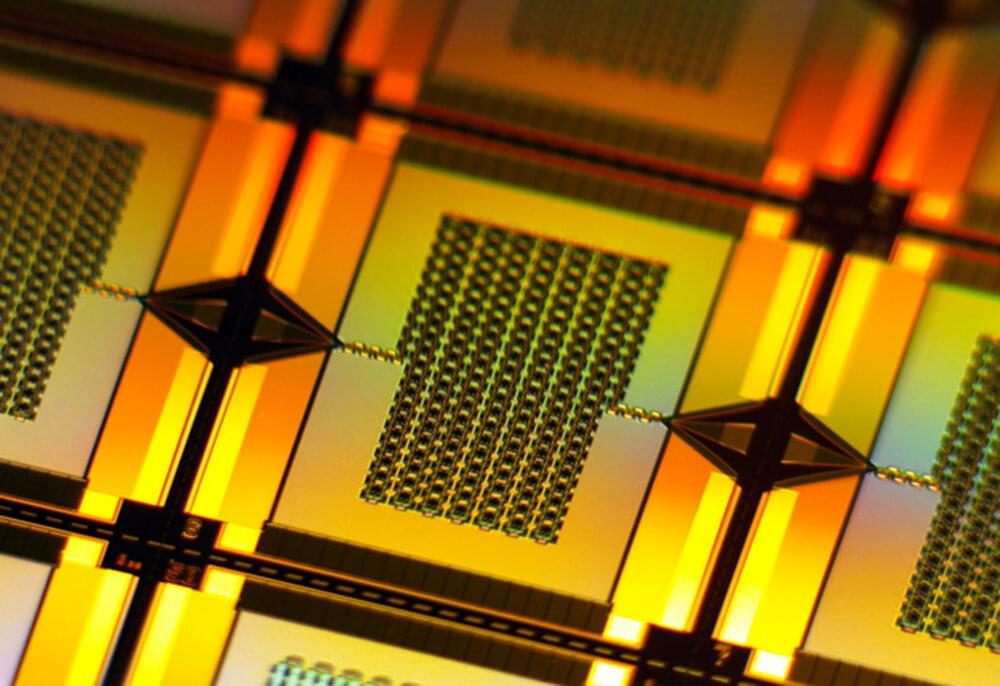
O.o! If the universe is some sorta hologram then this could be a clue to our actual reality.
Last December, the Nobel Prize in Physics was awarded for experimental evidence of a quantum phenomenon that has been known for more than 80 years: entanglement. As envisioned by Albert Einstein and his collaborators in 1935, quantum objects can be mysteriously correlated even when separated by great distances. But as strange as the phenomenon may seem, why is such an old idea still worthy of the most prestigious award in physics?
Coincidentally, just weeks before the new Nobel laureates were honored in Stockholm, another team of respected scientists from Harvard, MIT, Caltech, Fermilab and Google reported that they ran a process on Google’s quantum computer that could be interpreted as a wormhole. Wormholes are tunnels through the universe that can function as a shortcut through space and time and are loved by science fiction fans, and although the tunnel realized in this latest experiment only exists in a two-dimensional toy universe, it could be a breakthrough for the future represent research at the forefront of physics.
Continue reading “Why more and more physicists consider space and time to be ‘illusions’” »

















